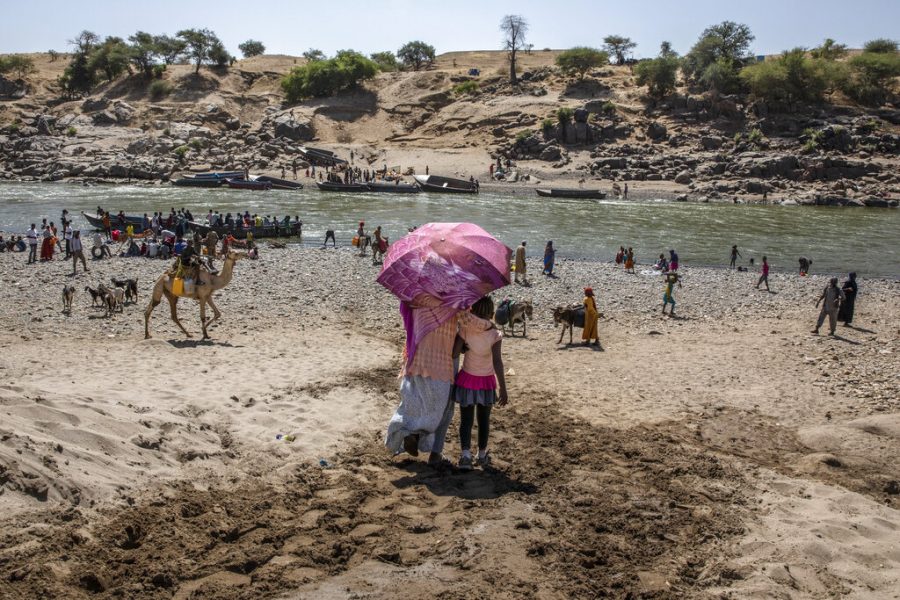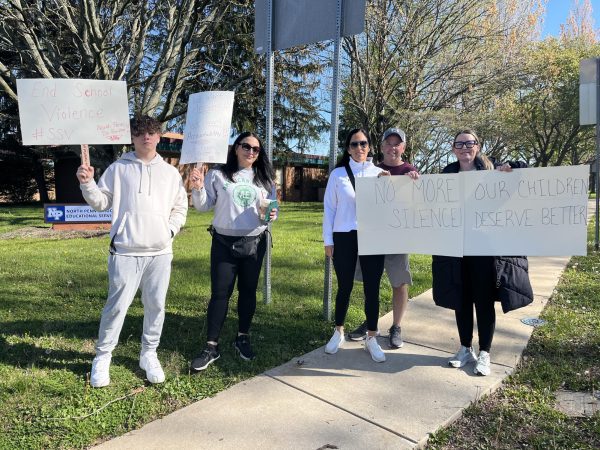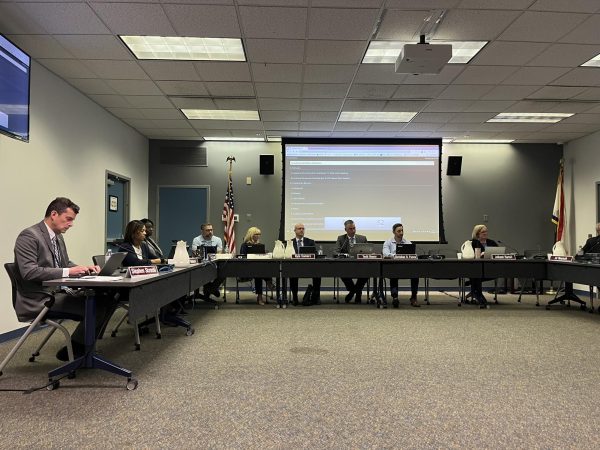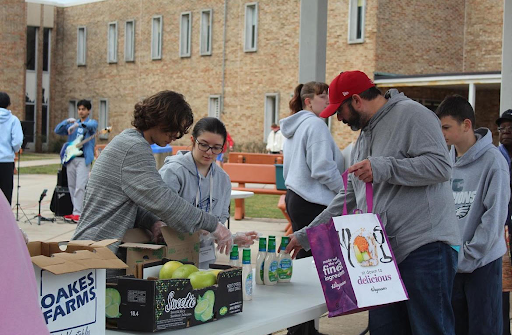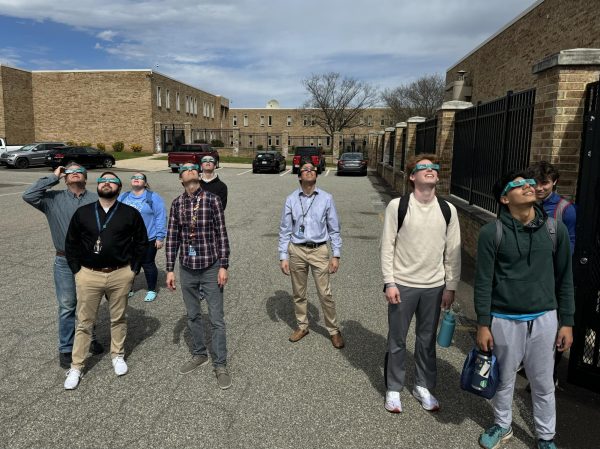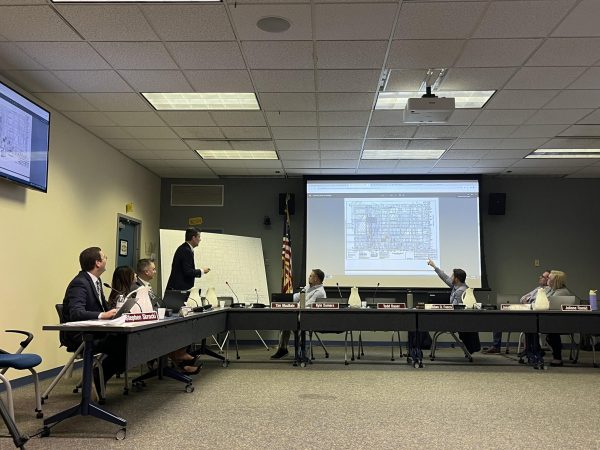The Hidden Refugee Crisis in Ethiopia
FILE – In this Nov. 21, 2020, file photo, refugees who fled the conflict in Ethiopia’s Tigray region arrive on the banks of the Tekeze River on the Sudan-Ethiopia border, in Hamdayet, eastern Sudan. Huge unknowns persist in the deadly conflict, but details of the involvement of neighboring Eritrea, one of the world’s most secretive countries, are emerging with witness accounts by survivors and others. (AP Photo/Nariman El-Mofty, File)
Poverty and pain. Waking up every morning with a dying will to live. Knowing that you either need to flee your home or you might not live much longer, but the threat of death from fleeing is just as high. You hear rumors of neighboring towns being ravaged and destroyed. Hungry, starved, and dehydrated is all you have known for the past 4 months; you have accepted that tomorrow is not guaranteed.
This is the life of the Tigrayans, an ethnic group located in Ethiopia.
This hidden war has been an ongoing conflict since November 3rd, 2020. Lootings and gunshots have sounded off in the air for too long. The two states associated with these events, Ethiopia and Eritrea, have provided conflicting statements on what has been occurring in the Tigray region. But the truth is clear: civilians are being massacred and violated. There is a suppression of human rights and press in the Tigray region.
The UN has alleged that war crimes were committed. An effort can be led by citizens here to cause a change. It might be difficult, as the issue evolves every single day, and the lack of information being spread makes it difficult to quantify any statistic, but knowledge is still power. That power could lead to millions of lives saved.
The fighting began when two political parties started having conflicting views. The Ethiopian People’s Revolutionary Democratic Front (EPRDF) had been the dominant party in Ethiopia since 1991. The EPRDF is a coalition of multiple ethnically-based parties. The Tigray People’s Liberation Front (TPLF), which is now in direct opposition to the EPRDF, was a vital member of this coalition, having a lot of influence throughout Ethiopia since 1991. But in 2018, the TPLF lost its power and authority because the other parties (Amhara, Oromo, and Southern Nations) had voted Abiy Ahmed to become Prime Minister.
The TPLF took offense to this, and the leaders of this party began running the Tigrayan Region almost as if it was autonomous to the rest of Ethiopia. This, coupled with the TPLF refusing to merge into a new political party, caused tensions within the country to rise quickly.
Since then, fighting has ravaged the Tigray region and its people. Both political parties have launched attacks on the others. The issue is not one side being horrendously mistreated. No party is right, nor wrong. Instead, each party has forgotten about its citizens.
Militias supporting the TPLF initially committed a massacre in November, killing 600 Amaharans and Welkait. Almost immediately, the Ethiopian National Defense Force, the military force of Ethiopia, bombed Tigrayan towns using drones. What makes this worse is that the Eritrean military has been aiding the Ethiopian cause. UN Chief Coordinator of Humanitarian Efforts, Mark Lowcock said that “up to 40%” of Tigray was possessed by Eritrean forces. This creates even more bloodshed, but it also complicates the remaining Tigrayans.
A national state of emergency was put into place on November 4th, and all ties with the Tigray region were cut off. Government assistance and help was taken away from all citizens living there. 18 days later, AP News reported that the Ethiopian government would have “no mercy” for the Tigrayan people. The entire region also faces a shutdown of their entire telecommunication system.
This action has since caused a massive ripple effect on the nation. About 4.5 million do not have access to food, water, and aid, and are at risk of starvation. This includes 2.3 million children without access to any assistance at all. UNICEF has been trying to supply the essentials, but have also said that, “food, including ready-to-use therapeutic food for the treatment of child malnutrition, medicines, water, fuel, and other essentials that are running low,” to the point where the number will start growing to larger bounds.
To make matters worse, the UN has estimated that 2.5 million more people are internally displaced. The reason behind this? The Ethiopian government placed travel restrictions on all people with Tigray ethnic backgrounds.
The problem with both of these circumstances is that these people need to leave Ethiopia. Safety should be a priority, but only 61,000 have been able to flee to neighboring countries like Sudan. But right now, they cannot go anywhere. Racial profiling and the indefinite leave order made it so that no Tigrayan could leave via air travel, so every city that offers asylum cannot even provide it.
The numbers above all remain as estimates that may not represent the full truth. The reason for this is that no one knows what is going on in Ethiopia. The country has been relatively secretive, and in some cases (specifically Eritrean military support), has denied what is reported.
To combat this, the prime minister invited international journalists to come and report on the country. However, upon their arrival, a BBC reporter, a freelance journalist, and two translators working with journalists from the Financial Times and Agence France-Presse were arrested by military forces as reported by Aljazeera. Not much is known about the remaining Tigrays, but it is noted that they are living in camps. But COVID outbreaks could be commonplace in these camps. Without proper sanitation and information about the virus, things can snowball into a mess that poses even more danger for the Tigrayans.
While the contributions you can make might seem small, nearly anything can be helpful. For those who have voices or have the ability to do something, please consider anything below. The Tigrayans cannot do much for themselves, but collectively we can inspire hope and provide a potential solution for them.
Petitions to sign:
- Stand With Tigray
- Sign a petition that will be sent to your state’s governor, local U.S. House representatives and Senators
- Send a letter to the UN Security Council
- Sign a letter that will be sent to the UN Security Council Members to request imposition of sanctions on Ethiopia’s Airlines
If you are able to donate any money, please look at the links below.
- Tigray Emergency and Disaster Relief Fund
- Help aid Doctors without Borders workers who are trying to operate in Tigray
- https://www.makeinjeranotwar.com/
- 100% of all proceeds go to orphan refugees
- Provide Resources
- Aid the UN Refugee Agency


